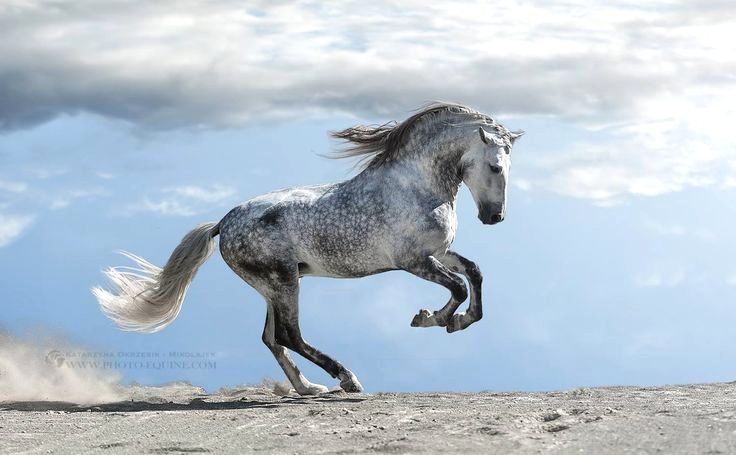Barrel racing is an intense equestrian sport that requires speed and agility. It is a timed event in which a horse and rider must run a cloverleaf pattern around three barrels while maintaining as much speed as possible. While it can be thrilling to watch, many people question whether the intense physical demands of the sport are too hard on a horse’s legs and joints.
What is Barrel Racing?
Barrel racing is an exciting equestrian sport that combines the speed and agility of a horse with the skill of the rider. It was first developed in the 1920s by Texas cowboys who wanted to test the speed and agility of their horses. It has since become a popular event at rodeos and equestrian competitions around the world.
In a barrel racing competition, a horse and rider must run a cloverleaf pattern around three barrels that are placed in a triangle. The horse must complete the pattern as quickly as possible while maintaining control and avoiding obstacles. The fastest time wins.
Potential Impact on a Horse’s Legs
The most obvious potential impact of barrel racing on a horse’s legs is the strain of running quickly and making tight turns around the barrels. This can put a lot of pressure on a horse’s legs and joints, which can lead to injury if the horse is not properly conditioned.
Additionally, the intense speed and agility required for barrel racing can cause a horse’s legs to become fatigued more quickly than in other equestrian sports. This can result in the horse not being able to maintain the same level of performance throughout the race.
The tight turns around the barrels can also put a lot of strain on a horse’s joints, which can lead to joint problems in the future.
Preventing Injury
While barrel racing can be hard on a horse’s legs, there are several steps that can be taken to prevent injury.
First and foremost, the horse should be properly conditioned before competing in barrel racing. This means the horse should be in good physical condition and have a good understanding of the course and its demands. This will help ensure the horse is able to perform at its best without putting too much strain on its legs.
It is also important to use the proper equipment. The horse should be fitted with a saddle and bridle that fit correctly and provide the horse with the necessary support. Additionally, the horse should be wearing boots or wraps that provide cushioning and support for its legs.
Finally, it is important to pay attention to the horse’s form. If the horse’s form is off, it can put an unnecessary strain on its legs. A skilled rider will be able to recognize when the horse’s form is off and make adjustments to reduce the strain on the horse’s legs.
Conclusion
Barrel racing can be hard on a horse’s legs if the horse is not properly conditioned and equipped. However, with the proper conditioning, equipment, and form, barrel racing can be a safe and rewarding sport for both horse and rider.

